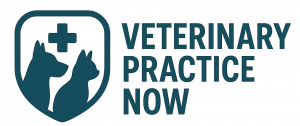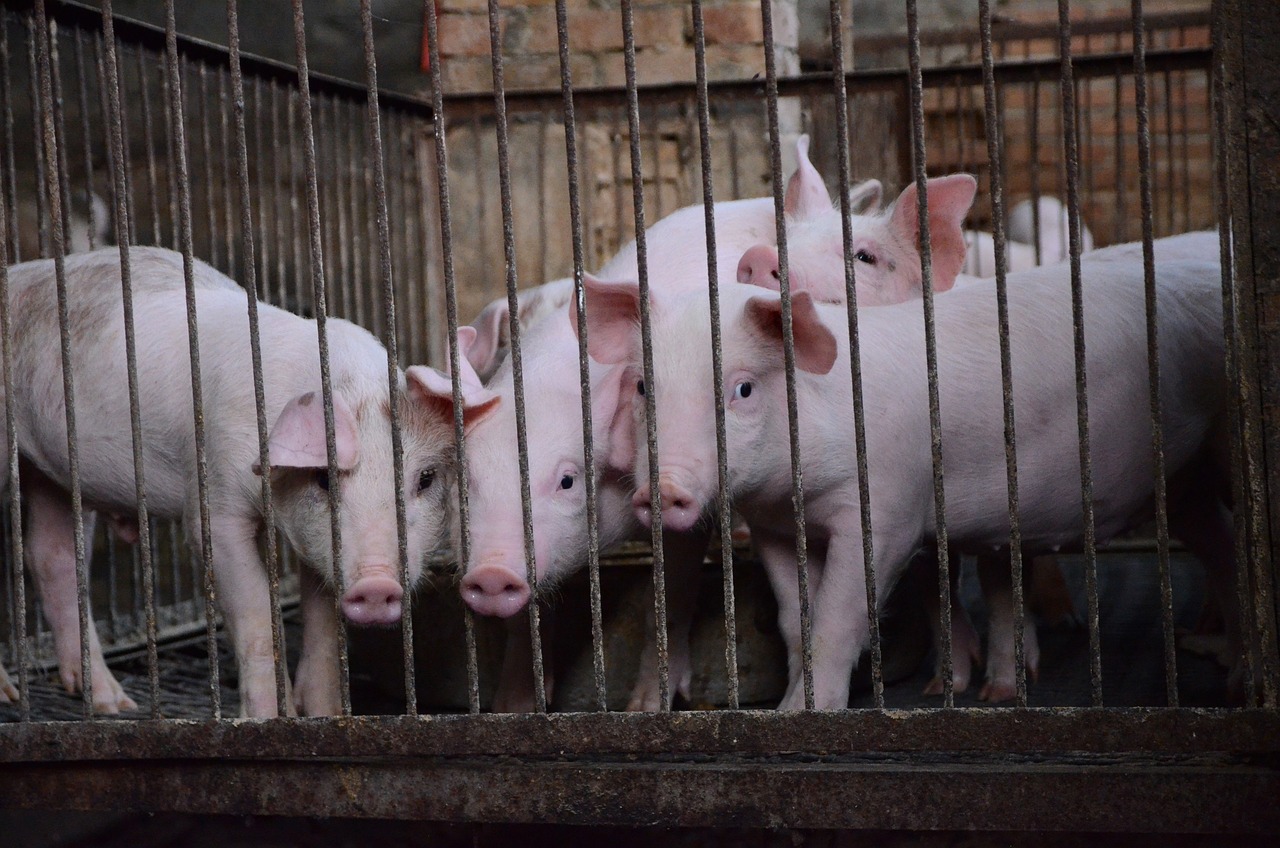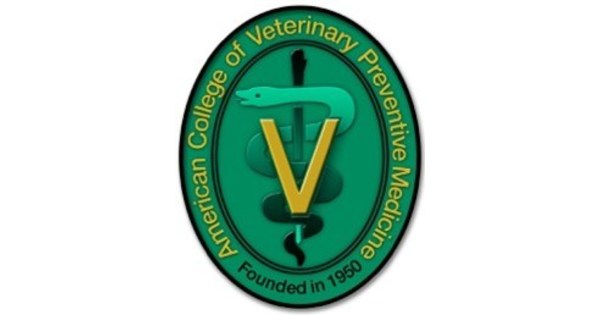Veterinary diagnostic laboratories have introduced a cutting-edge, web-based diagnostic tool to swiftly identify porcine reproductive and respiratory syndrome (PRRS), a highly infectious virus that costs the U.S. swine industry over $660 million annually.
Supported by a $1 million grant from the U.S. Department of Agriculture’s (USDA) National Institute of Food and Agriculture (NIFA), researchers from Iowa State University, Kansas State University, Ohio Animal Disease and Diagnostic Laboratory, Purdue University, South Dakota State University, and the University of Minnesota utilize the Swine Disease Reporting System (SDRS) to quickly detect new PRRS strains.
The SDRS represents a strategic alliance among these six National Animal Health Laboratory Network-accredited veterinary diagnostic laboratories. This system gathers, processes, and monitors diagnostic data for nine infectious agents in U.S. swine herds while maintaining confidentiality for farms, producers, production systems, veterinarians, and participating laboratories. The project’s goal is to aggregate swine diagnostic data and present it via web dashboards and monthly reports, detailing pathogen detection dynamics by polymerase chain reaction–based assays over time, by specimen, age group, and geographical area. Recently, the SDRS unveiled the Basic Local Alignment Search Tool (SDRS BLAST Tool), a unique web-based tool that allows veterinarians, producers, and other users to compare PRRS genetic sequences within the system.
“The launch of the SDRS BLAST Tool marks a significant advancement in information technology for PRRS understanding, prevention, and control across various geographical levels,” stated Dr. Andreia Arruda, associate professor at The Ohio State University College of Veterinary Medicine and chair of the American Association of Swine Veterinarians’ (AASV) PRRS Committee.
“This collaboration between academic institutions and veterinary labs, funded by USDA, highlights the collective dedication to addressing animal health challenges, empowering swine veterinarians and producers as primary users,” Dr. Arruda added.
PRRSV is a devastating endemic disease. Recent, more aggressive PRRS strains have emerged, potentially escalating the economic burden of this pathogen due to increased mortality rates on farms.
Dr. Giovani Trevisan, research assistant professor at Iowa State University, explained in an April press release, “For the first time in the swine industry, we can use private data, while ensuring provider anonymity, to generate and share information with stakeholders for decision-making in managing and controlling significant diseases like PRRSV.
“The platform can quickly inform U.S. citizens about health challenges affecting swine farms, crucial for maintaining a sustainable and secure pork supply.”
Using retrospective data, the SDRS detected 133 new PRRS sequences from 2010-2023. Most new strains were found in samples from Iowa, Minnesota, Indiana, and Illinois, particularly in grow-finish pigs, emphasizing the importance of this age group in the ecology of PRRS and other pathogens. This knowledge can guide biosecurity and biocontainment efforts to reduce the risk of new strain emergence.
The SDRS team has monitored the geographical spread of an especially aggressive PRRSV strain named L1C.5. Emerging in 2020 in Minnesota, the L1C.5 strain severely impacted breeding herds, with some experiencing up to 10 weeks without piglet production.
In late February, just after the SDRS PRRS BLAST tool launch, the L1C.5 PRRS strain was detected in South Carolina for the first time. The largest U.S. swine breeding inventory is nearby in North Carolina, where this strain had not been previously seen.
The SDRS BLAST Tool also identified that South Carolina’s PRRS sequences had a 100% match with sequences from other non-neighboring states.
Researchers highlighted the BLAST Tool’s adaptability to receive sequences from other pathogens, such as African swine fever (ASF). If ASF is detected in the U.S., and permitted by the USDA, participating laboratories could send ASF sequences in real-time to the SDRS to monitor pathogen spread and genetic evolution.
“Providing epidemiological data to decision-makers can aid in disease prevention and control, safeguarding pork production and food security,” Dr. Trevisan stated.
“Collaboration with industry stakeholders is crucial for timely disease responses, and this project, particularly through the SDRS BLAST Tool, fosters relationships essential for managing endemic diseases and preparing for potential transboundary or emerging disease threats in the U.S. swine industry,” said Dr. Michelle Colby, national program leader for animal biosecurity at NIFA.



